Why Collections Needs a Smarter Brain
You’re safeguarding liquidity, portfolio hygiene, and risk containment.
In modern lending, collections strategy isn’t a back-office routine; it’s the front line of financial resilience.

Deloitte research emphasizes collections must evolve from ‘recoveries’ to ‘solutions,’ requiring transformation in people, processes, and technologies to balance risk management with customer support.
It’s Monday morning.
Your dashboard lights up:
1) DPD 30s are climbing faster than forecast
2) The same borrowers are being pursued repeatedly
3) Call connect rates have dropped below 20%
4) Supervisors are still triaging exceptions manually
5) The compliance audit is just three weeks away
6) And your CEO expects a 15% reduction in cost-to-recover this quarter
So the real question isn’t “What’s today’s plan?”
It’s “Are you leading a recovery operation—or firefighting defaults?”
What’s happening isn’t an isolated dip in performance.
It’s a structural issue — a breakdown in orchestration, scalability, and control.
Critical Metrics That Matter to Every CXO
Here’s what the collections effectiveness index often reveals:
1) Resolution rates are dropping
2) Agents are buried in manual tasks and delayed decisions
3) Time-to-recovery is stretching beyond acceptable limits
4) Unit economics are eroding as recovery costs rise
5) Compliance risk is increasing—due to undocumented calls, inconsistent follow-ups, and slow escalations
Now, take a step back.
You’ve already invested in analytics, dashboards, and optimized call rosters.
You’ve trained agents and automated reminders.
And yet, the function feels reactive. Disconnected. Fragile.
Why?
Because the issue isn’t visibility—it’s velocity.
The problem isn’t how much data you have—it’s how intelligently you act on it.
Modern debt collection strategies aren’t about brute force—they’re built on comprehensive digital lending platforms that connect origination, decisioning, and recovery into one intelligent ecosystem.
They’re about precision—knowing when to engage, how to engage, and how fast to adapt based on borrower behavior.
This is no longer about hiring more agents or adding more scripts.
It’s about having the right intelligence in the loop.
The most effective collection strategy examples in the industry show one clear pattern:
They’re not led by people alone—they’re led by systems.
Systems powered by debt collection software designed for banks that read borrower behaviour in real time and escalate seamlessly.
That’s what transforms firefighting operations into scalable, predictable recovery engines.
And that’s why your collections strategy needs a smarter brain—one that doesn’t just automate but truly thinks.
What Is a Rule Engine in the Context of Collections?
Every collections head knows that one agent who’s calm, methodical, and always precise. Now imagine if that same discipline could scale across 100,000 borrowers, react in milliseconds, and never miss a compliance step.
That’s what a rule engine does for your collections strategy—it becomes the smart brain behind every borrower interaction. Not a replacement for human teams, but a logic layer that thinks faster, acts sharper, and scales wider.

At its core, a rule engine is a decision-making framework that interprets borrower data and triggers automated, intelligent actions.
But this isn’t about basic “if overdue, then call” scripts—that’s yesterday’s debt collection strategy.
Modern Rule Engines Process Real-Time Borrower Signals
Unlike static automation, modern rule engines evaluate live behavioural and transactional data such as:
- Missed or delayed payments
- Partial repayments
- Channel responsiveness
- Repayment history
- Risk and intent segments
Each signal feeds into an intelligent workflow that determines what to do next—instantly and without manual intervention.
How It Works: Intelligent Dominoes, Not Static Scripts
Think of your collections process as a chain of intelligent dominoes—each action triggered by what the borrower does or doesn’t do.
Example rule flow:IF borrower misses a payment on Day 1 → Send an SMS reminder with a friendly grace note
1) IF no response within 48 hours → Follow up on WhatsApp with a payment link
2) IF partial payment made → Pause escalation, send thank-you + balance reminder
3) IF two EMIs missed within 3 months → Assign case to senior recovery officer
This isn’t automation for its own sake—it’s logic that mirrors real-world judgment at scale.
It removes delay, inconsistency, and guesswork from your collections strategy.
From Multi-Team Chaos to Multi-Channel Harmony
Traditional debt collection strategies often suffer from siloed operations:
- Call centers chase manually
- Email and WhatsApp teams work in isolation
- Supervisors escalate based on memory
A rule engine eliminates chaos by orchestrating communication through smart collection stack architecture across channels in perfect sync.
Channels That Work in Harmony
Modern rule engines intelligently coordinate across multiple channels, delivering the ROI of omnichannel debt recovery through email, SMS, WhatsApp, and IVR.
- Email: For formal, auditable communications
- SMS: For instant reminders
- WhatsApp: For conversational engagement and payment links
- IVR/Diallers: For automated voice outreach
- Chatbots/Portals: For self-service journeys driven by logic
The system decides when and how to engage—optimising response rates while maintaining compliance.
Why It Matters for You
Embedding a rule engine with modular UI architecture transforms collection strategies from manual execution to intelligent orchestration.
Key outcomes:
- Consistency: No more agent-level variability
- Speed: Real-time decisioning the moment data changes
- Scalability: Manage thousands of borrower journeys simultaneously
- Compliance: Every action timestamped and auditable
- Control: End-to-end visibility into triggers, decisions, and outcomes
A rule engine doesn’t just automate—it orchestrates.
And in today’s lending environment, orchestration is no longer optional—it’s the backbone of an effective collections strategy.
Automating Empathy: Timing, Tone, and Relevance
When done right, automation is the most consistent, scalable form of empathy your collections strategy can deliver.
In most traditional collection setups, empathy is treated as a soft skill—something trained into agents or embedded into scripts. But empathy without structure doesn’t scale. And structure comes from logic—from rule engines that match the message to the moment.

Every Borrower Isn’t the Same—So Why Is Your Messaging?
Many lenders still segment portfolios by DPD buckets—1–30, 31–60, 61–90.
But true connection comes from behavioural segmentation. Borrowers may share a DPD label yet stand in entirely different emotional and financial spaces.
Consider three borrowers:
- A salaried professional missing their first EMI.
- A self-employed borrower with inconsistent cash flow.
- A repeat defaulter nearing 90 days past due.
Sending all three the same SMS or collection call script isn’t just inefficient—it undermines recovery and erodes brand trust.
A modern rule engine changes this by codifying empathy into conditional logic.
Rule-Based Segmentation Enables Context-Aware Engagement
A smart rule engine dynamically adapts communication through behavioural segmentation.
McKinsey research on collections wisdom shows effective segmentation distinguishes customers requiring human contact from those responsive to automation, enabling smarter resource allocation based on payment history, engagement, and risk tiering.
-
Payment history – differentiates first-time delays from habitual defaults.
-
Engagement responsiveness – tracks who opens messages, clicks links, or ignores reminders.
-
Transaction patterns – detects partial or attempted payments.
-
Risk tiering – through automated underwriting systems leverages internal and bureau data to predict payment intent.
-
Product and tenor insights – recognizes volatility by loan type.
This enables context-aware engagement—reaching the borrower with the right tone, at the right time, through the right channel.
Instead of saying:
“You missed a payment.”
You say:
“We understand you may be facing a short-term issue. Here’s an easy way to catch up.”
Same workflow. Smarter logic. Better outcomes.
Real Scenario: When Timing + Tone Made the Difference
A mid-sized NBFC offering unsecured personal loans built rule-based borrower segmentation into its early-stage debt collection strategy.
- On Day 1, a borrower missed an EMI.
- Instead of an automated IVR call, the rule engine sent a contextual WhatsApp message with a grace note and payment link.
- Within 48 hours, the borrower paid in full—no agent needed.
Empathy didn’t delay repayment—it accelerated it.
Why This Matters—and Who It Matters To
For the Collections Head
- Reduces call fatigue and agent burnout.
- Prioritises agent effort only when system logic fails.
- Improves resolution rates without expanding headcount.
For Risk and Credit Teams
- Builds a real-time behavioral data layer.
- Links repayment patterns to borrower intent.
- Identifies edge-case risks before they escalate.
For Compliance and Audit Leads
- Every borrower interaction is timestamped, logged, and policy-aligned.
- Reduces bias and inconsistency.
- Simplifies regulatory and internal audits.
For the COO / Transformation Lead
- Moves operations from people-heavy to logic-heavy.
- Delivers a consistent borrower experience at scale.
- Engages 10,000+ accounts daily—uniformly and compliantly.
For the CEO and Board
- Increases recovery without increasing effort.
- Protects borrower relationships, even in delinquency.
- Demonstrates digital maturity, empathy, and regulatory readiness.
Driving Efficiency: Workflows Without Wait Times
Yet, most collections operations today remain inefficient by design—not because teams lack effort, but because systems lack intelligence.
Manual escalations. Missed follow-ups. Human bottlenecks.
Legacy CRMs built for static campaigns are being replaced by business process automation software handling dynamic borrower behaviors.

Every lag between borrower action and system response translates to lost recovery potential—and a weakened collections strategy.
What Inefficiency Really Looks Like
Here’s a typical early-stage flow you’ll find in many institutions:
1) Borrower misses an EMI
2) System sends a batch or manual SMS reminder
3) No centralized tracking of response
4) Supervisor compiles follow-up lists manually by Day 3
5) Agent calls borrower by Day 5—if capacity allows
6) Escalations logged in spreadsheets
7) Legal review initiated after Day 15+
That’s not a workflow. That’s a relay race without a baton.
Now imagine repeating that across 10,000 accounts.
- The result?
- High operational drag
- Burnt-out agents
- Delayed resolutions
- Inconsistent borrower experiences
- Rising cost-to-recover
What Smart Efficiency Looks Like
A rule-based collections strategy eliminates these delays by replacing static timelines with event-driven workflows.
Actions are triggered in real time through enterprise workflow automation whenever borrower behavior changes.
For example:
- Missed payment → System instantly sends a tailored reminder
- No response within 48 hours → WhatsApp message with repayment plan offer triggered
- Partial payment made → Escalation paused, borrower moved to alternate flow
- No action after 5 days → Case automatically routed to field agent or legal team based on risk tier
No manual triaging. No duplication. No missed steps.
Just smooth, logic-based automation that scales.
What This Unlocks
- Faster resolution cycles—without manual intervention
- Smarter agent utilization through intelligent routing
- Reduced cost-to-collect across delinquency buckets
- A consistent borrower experience aligned to brand tone
- Scalable collections operations that grow without linear headcount
Real-World Scenario
A fintech lender in Southeast Asia implemented Collect.ezee, integrating real-time borrower logic into their early DPD workflow.
Results within two quarters:
- 83% of early defaulters engaged before Day 4
- Agent touchpoints reduced by 42%
- Overall recovery improved by 18%
That’s not just automation.
That’s surgical precision at scale—a collections strategy engineered for both empathy and efficiency.
Automating Escalation: Smart Triggers, Not Knee-Jerk Reactions
A borrower misses two reminders? Escalate. Two more days pass? Field visit. Still no response? Legal intervention.
The problem: not every borrower requires the same response. Time-based escalation often acts too soon—or too late—leading to wasted effort, borrower frustration, and missed recovery opportunities.

Escalation Should Be Intelligent, Not Linear
Modern rule engines powered by centralized decisioning platforms don’t just escalate—they evaluate multiple borrower signals including:
- Repayment capacity and risk rating
- Number of failed engagement attempts
- Payment intent—partial, delayed, or none
- Product type and loan amount
- Borrower behaviour patterns over time
Using these insights, the system decides how, when, and to whom escalation should occur.
Example workflows:
- Low-risk borrower: Missed a single payment? Delay escalation and offer a flexible plan.
- Chronic defaulter: Multiple missed payments and no engagement? Route directly to legal after one failed nudge.
- Mid-risk, high-ticket borrower: Escalate to a senior collections officer instead of an automated dialer.
Key Outcome:
- Legal teams handle only high-priority escalations.
- Late payers get timely, empathetic nudges rather than generic threats.
- Agents focus on solvable cases, improving overall efficiency and collections effectiveness.
By embedding intelligent escalation into your collections strategy, lenders move from reactive firefighting to proactive, precision-driven recovery.
Closing the Loop: Feedback to Lending, Not Just Recovery
Collections as a Behavioral Goldmine
Here’s the irony: Lenders pour millions into building scorecards and loan origination software—but collections insights rarely feedback upstream —but the stage where borrower behaviour is most fully revealed, collections, is often treated as a silo.
A modern rule engine changes that. It doesn’t just trigger actions—it observes, records, and feeds insights back into the system. Every borrower journey becomes traceable, click by click, delay by delay.
- Who opened the SMS but didn’t act?
- Who responded only after a call and ignored WhatsApp nudges?
- Who made partial payments across channels, then stopped?
- Who reacted after multiple nudges—and what influenced them?
This isn’t just recovery data. It’s behavioural intelligence—and it’s invaluable for credit, product, and risk teams.
Real Scenario: When Collections Educated Underwriting
A leading NBFC offering digital SME loans noticed a curious pattern: a segment with near-perfect onboarding scores started slipping into early delinquency within 45 days.
The rule engine uncovered a common thread: these borrowers always responded to calls but ignored digital nudges. Digging deeper revealed a semi-digital segment—comfortable onboarding online, but preferring a human touch for financial matters.
Actions taken:
1) Underwriting rules were updated to include “preferred engagement channel” as a signal.
2) Scorecards were rebalanced based on collection responsiveness, not just application behavior.
3) Recovery flows were adjusted to prioritize IVR and agent calls for this segment.
Results within two months:
- Recovery rates improved by 11%
- Early-stage delinquencies in this segment dropped significantly
One missed EMI taught more about borrower behavior than a hundred applications ever could.
From Rule Engines to Self-Learning Credit Systems
Imagine if these insights didn’t just sit in reports or Slack threads. They feed directly into your decision engines automatically.
For example:
1) Collections behavior → Scorecard recalibration (how credit decisioning software delivering explainable outcomes for scorecard recalibration.)
2) Engagement flow performance → AI model tuning (which channels drive first-contact resolution for which segments)
3) Escalation patterns → Risk model overlays (chronic late-payers who respond only after escalation)
This isn’t mere automation. It’s evolution.
Your systems are no longer isolated—they form a self-improving credit loop, where lending and recovery continuously learn from each other, quietly raising the bar for performance and portfolio health.
Final Word – Let Logic Lead
Let’s cut to the chase.
If you’re running collections—whether as Head of Recovery, COO, or the person the CEO calls when DPDs spike—you already know what isn’t working.
More staff? Doesn’t scale.
Legacy systems? Slow you down.
Manual processes? They break when volumes rise.
You’re not short on effort. You’re short on leverage.
Collections today isn’t just about making calls or sending reminders. It’s about how smartly your system adapts—in real time, at scale, and without losing the human touch.
That’s the power of a modern rule engine. It doesn’t just assign tasks—it thinks.
It acts like your sharpest recovery officer—never sleeps, never forgets, and doesn’t need oversight.
It knows when to escalate, when to pause, and when to personalize.
And the best part? It learns. Every payment, every delay, every nudge feeds your system with insights—making each recovery smarter than the last.
This isn’t automation. This is orchestration.
If you’re serious about scaling collections with more empathy, efficiency, and less chaos—let logic lead.
Let your collections stack evolve. Let platforms like Collect.ezee show you how.

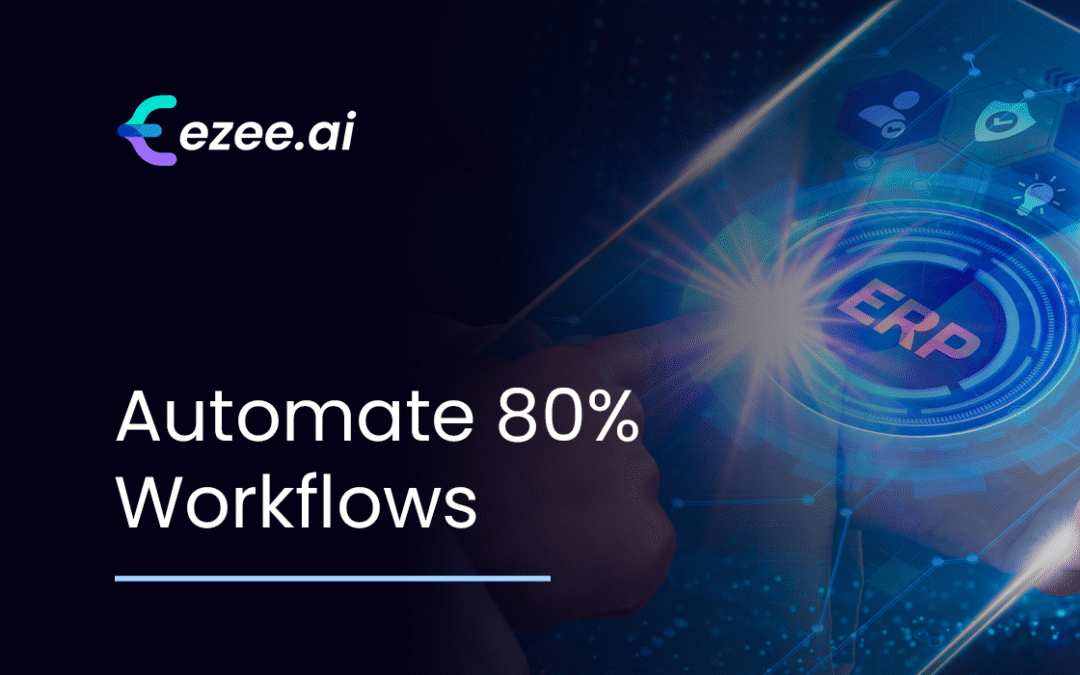

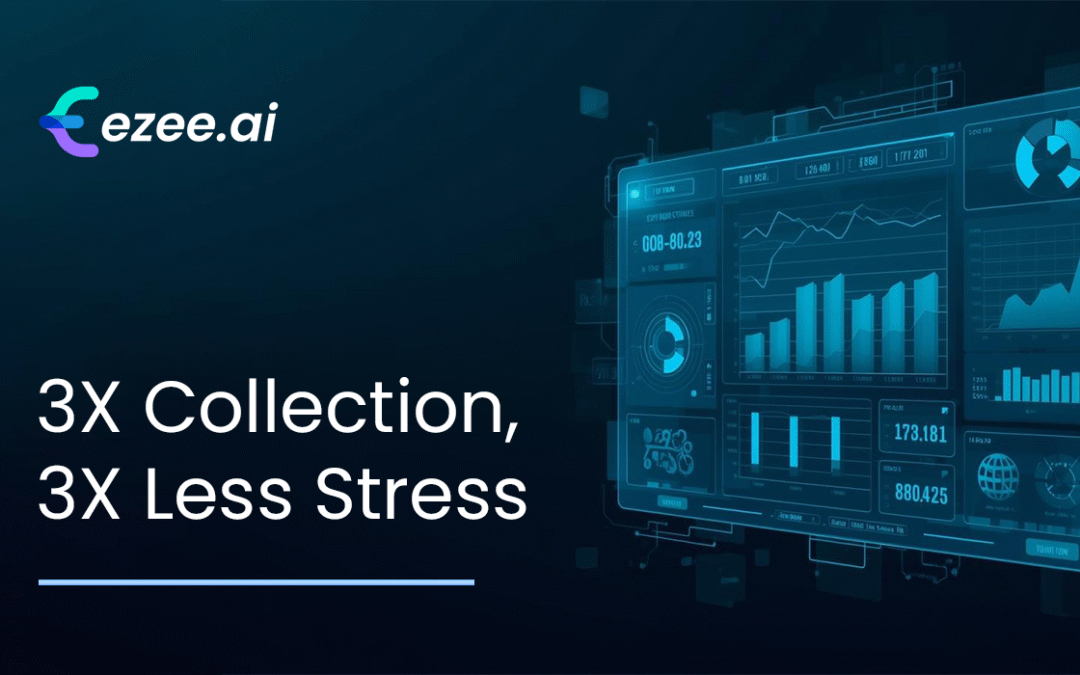
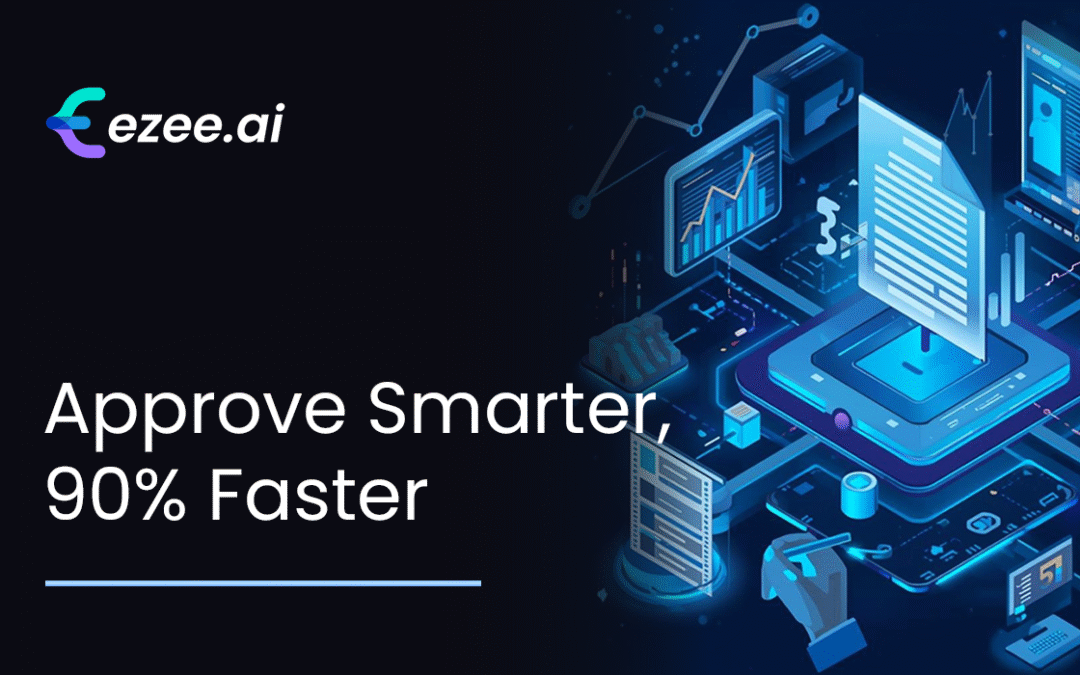


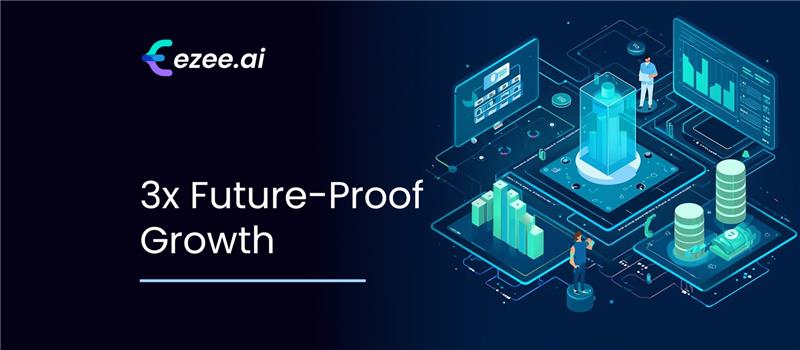
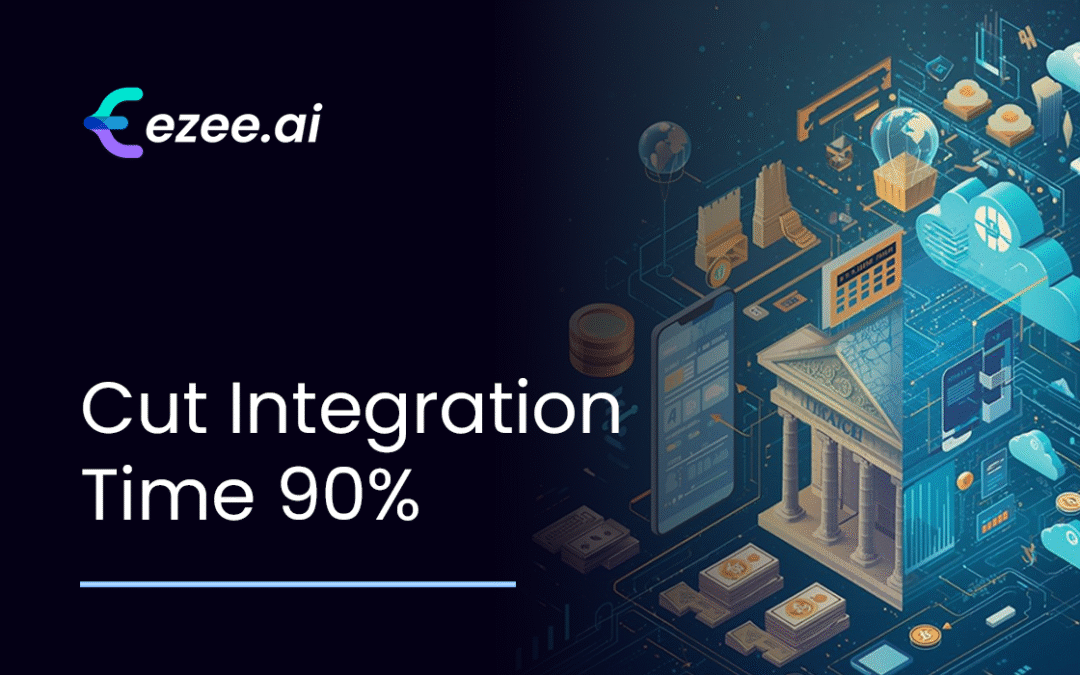
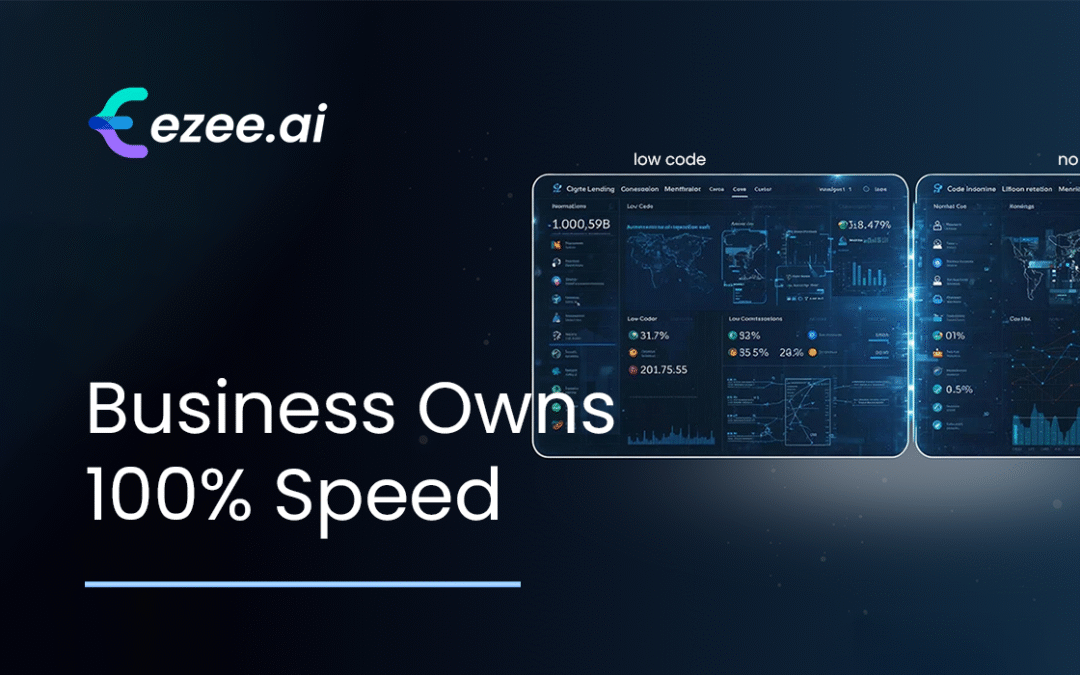
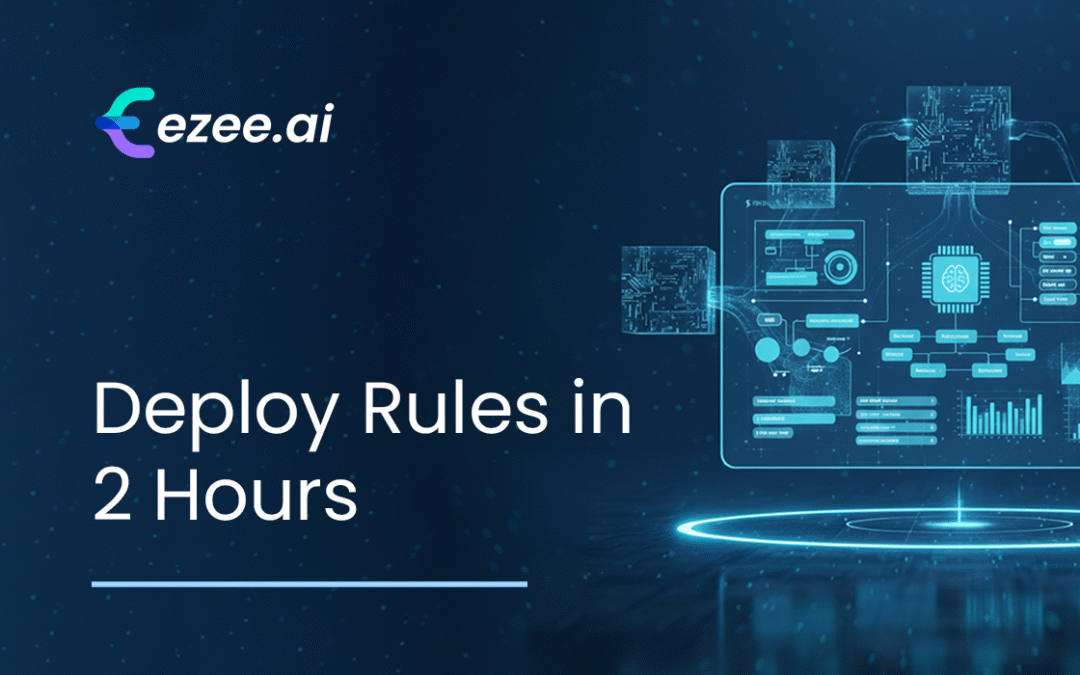
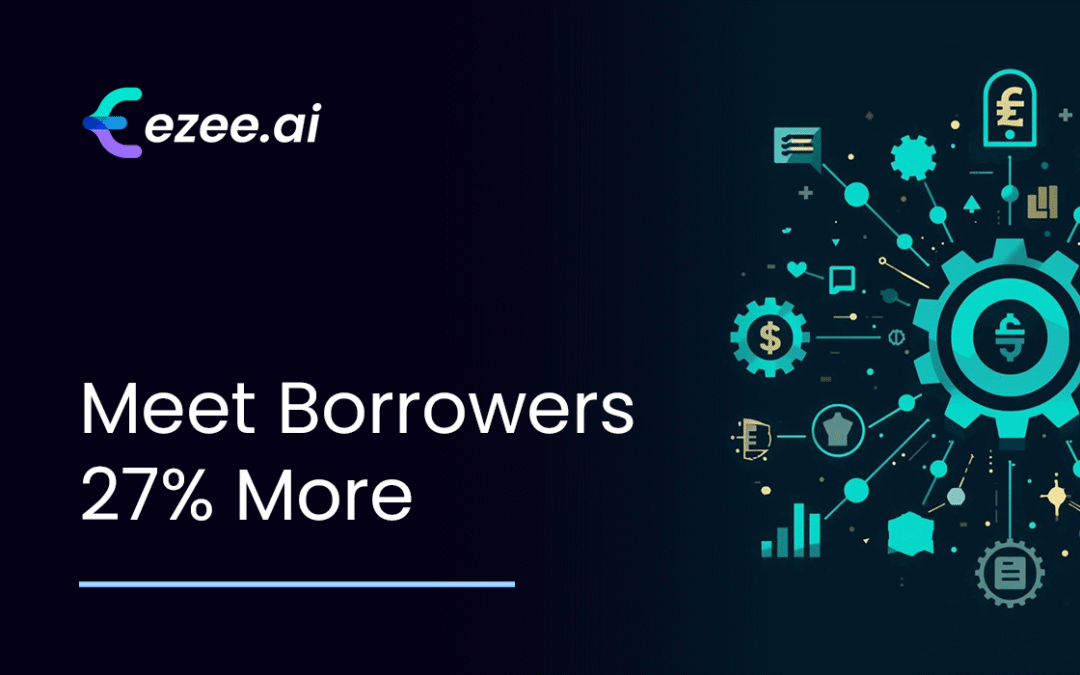
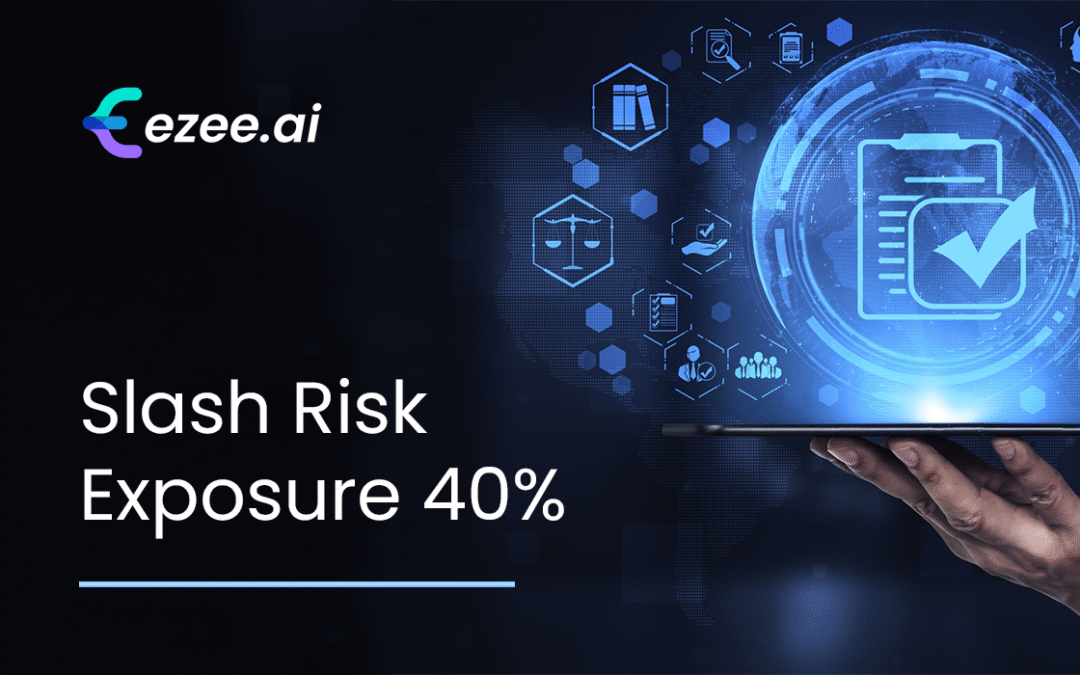
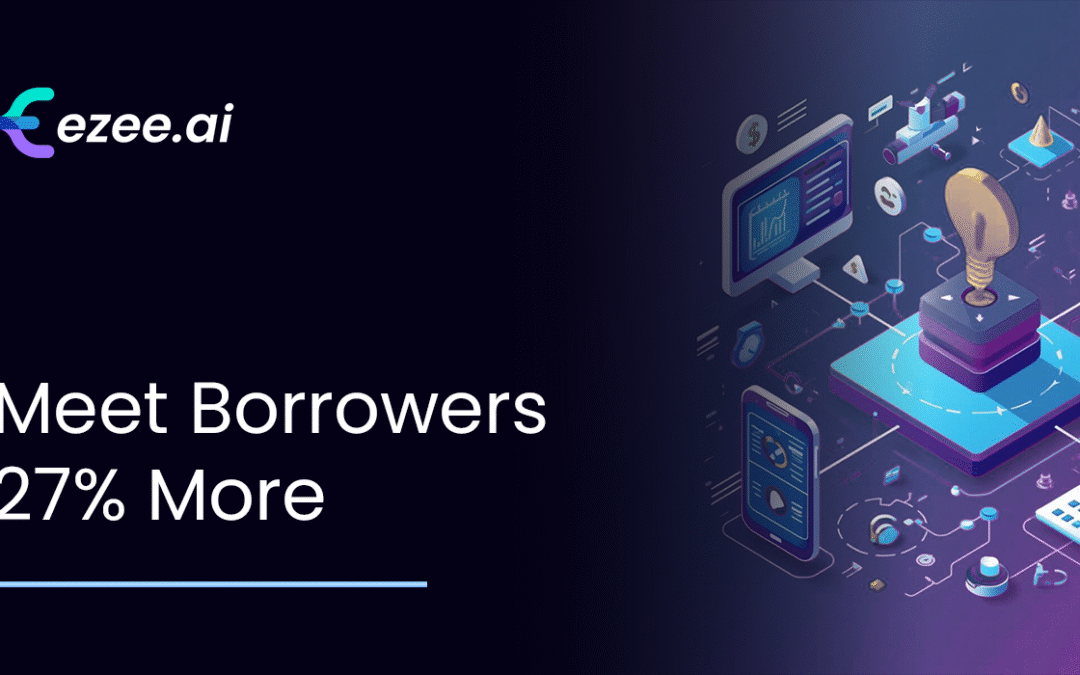
0 Comments